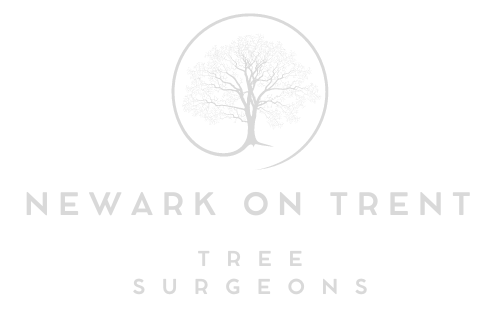Pruning Trees for Traditional Medicine: Harnessing Nature’s Healing Power
Introduction: In a world where modern medicine dominates the healthcare landscape, the wisdom of traditional herbal remedies often takes a back seat. However, rooted in ancient traditions, herbal medicine remains a valuable source of healing and wellness. Pruning trees for traditional medicine is an age-old practice that continues to provide us with natural remedies straight from the heart of nature. In this blog post, we’ll explore the significance of tree pruning in the context of traditional medicine and how Newark on Trent Tree Surgeons can help you harness the healing power of trees.
The Ancient Wisdom of Herbal Remedies
For centuries, cultures worldwide have relied on trees and plants for their medicinal properties. The bark, leaves, roots, and fruits of various trees contain compounds with therapeutic benefits. These natural remedies are often gentler on the body and have been used to treat various ailments, from digestive issues to skin conditions and beyond.
The Role of Pruning in Herbal Medicine
Pruning trees for traditional medicine involves selectively trimming or harvesting specific tree parts to access their healing properties. Here’s how pruning contributes to traditional herbal medicine:
- Harvesting Bark: Certain trees, like willow and oak, have bark with medicinal qualities. Proper pruning allows for the sustainable collection of bark without harming the tree’s overall health.
- Collecting Leaves: Leaves from trees like birch and eucalyptus are known for their therapeutic uses. Pruning can facilitate leaf collection for medicinal preparations.
- Gathering Fruits: Trees like elderberry produce fruits with immune-boosting properties. Pruning can make it easier to access and harvest these valuable fruits.
- Root Extraction: Trees with medicinal roots, such as sassafras and liquorice, can benefit from selective root pruning to ensure sustainable harvesting.
Benefits of Tree Pruning for Traditional Medicine
- Sustainable Harvesting: Pruning allows for the sustainable collection of medicinal tree parts, ensuring that the trees remain healthy and viable sources of herbal remedies for years.
- Medicinal Potency: Pruning at the right time and in the right way can enhance the potency of the medicinal compounds in tree parts, maximising their effectiveness in herbal remedies.
- Preservation of Species: Responsible pruning practices help protect tree species vital to traditional medicine, preventing overharvesting and potential extinction.
- Environmental Stewardship: Traditional herbal remedies derived from trees promote a holistic connection to nature, fostering respect for the environment and biodiversity.
- Holistic Healing: Herbal remedies provide a holistic approach to wellness, addressing physical ailments and emotional and spiritual well-being.
How Newark on Trent Tree Surgeons Can Help
Newark on Trent Tree Surgeons is dedicated to preserving the ancient art of tree pruning for traditional medicine. Our team of certified arborists understands the delicate balance between tree health and the need for herbal remedies. We offer expert guidance and assistance in responsible pruning practices to ensure a sustainable source of traditional herbal remedies.
Conclusion: Pruning trees for traditional medicine is a profound practice that connects us with the healing power of nature. By responsibly harvesting tree parts for herbal remedies, we can continue to benefit from the wisdom of our ancestors while preserving the health and vitality of our natural environment. Partner with Newark on Trent Tree Surgeons to embark on a herbal healing journey honouring tradition and sustainability.
Call us on: 01636 556 296
Click here to find out more about Newark on Trent Tree Surgeons
Click here to complete our contact form and see how we can help with your tree’s needs.

